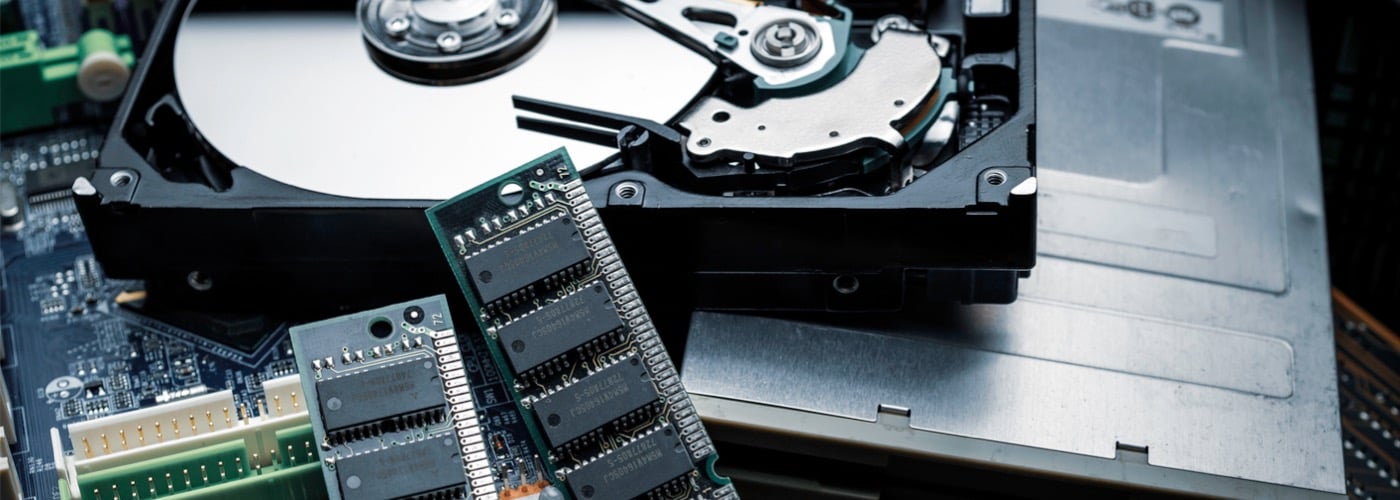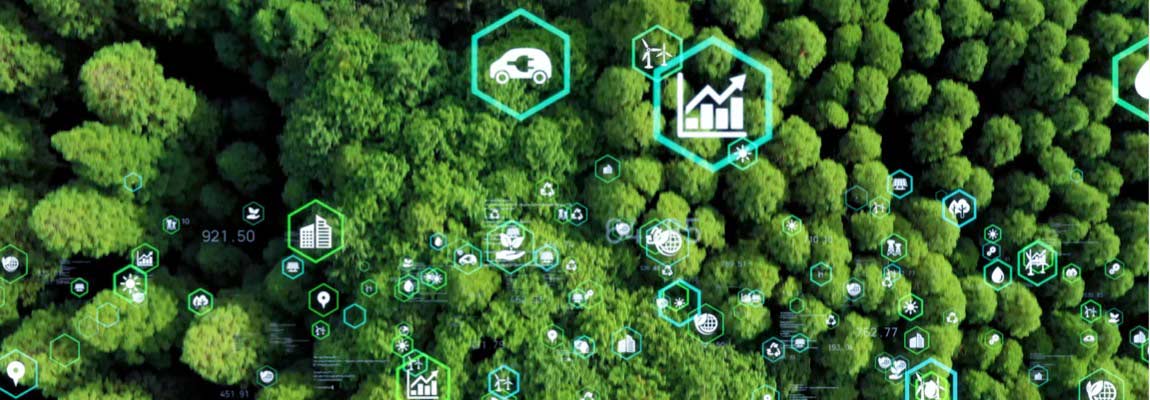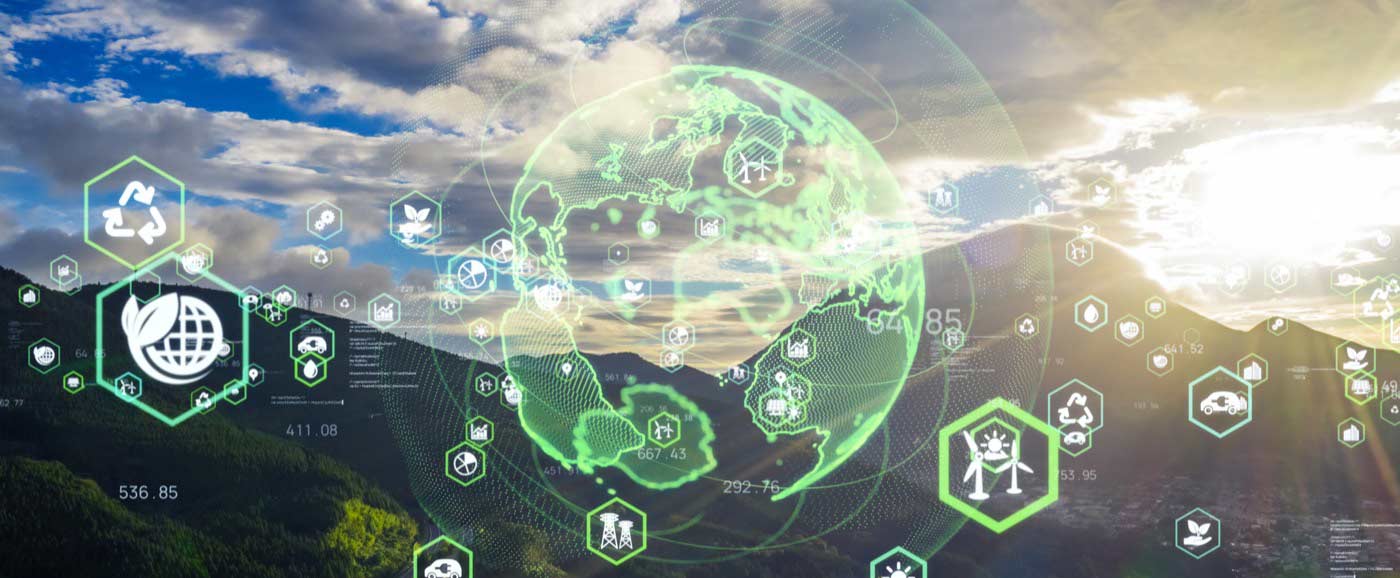How to Reduce Electronic Waste
Reduce Electronic Waste: Introduction
Individuals and corporate bodies are increasingly reliant on electronic and digital devices and IT infrastructure. Knowing this, manufacturers and distributors design many of their products for relatively short service life and quick turnover by releasing new or updated models – this leads to the problem of electronic waste or e-waste. It’s a mounting issue, and globally we need to to protect our environment and the greater sustainability of our economy.
Here are some guidelines on how to control e-waste and offers some tips on how to prevent e-waste.
E-Waste Reduction

Just about every aspect of human life depends on technology and electronic devices. That includes business, healthcare, communication, education, and politics. These technologies are advancing at an increasing rate. Upgrades to smart devices, computer systems, and their supporting infrastructure can occur monthly, weekly, or even daily, inducing buyers to abandon their old equipment and hardware in favour of the latest models.
This raises the issue of what to do with the obsolete equipment, which all too often ends up as electronic waste or e-waste — discarded electronic devices or components. Also known as e-scrap or end-of-life electronics, this waste material can damage human health and the environment if it is not disposed of properly and ends up in landfill sites.
E-waste has also become the fastest-growing stream of solid waste in the world. It is reckoned that something between 20 to 50 million metric tons of e-waste is disposed of each year. This makes it imperative for us to collectively find ways to reduce e-waste and reduce electronic waste production.

Make an Informed Decision
Why is Reducing E-waste Important?
Finding ways to reduce e-waste is important to the world on many levels, including energy consumption, material conservation, and its beneficial effect on human beings and the environment.
In terms of energy consumption, a lot of power goes into producing components such as the plastic elements of computers and mobile devices. It also takes a lot of energy to extract the raw materials used in digital and electronic equipment production.
When it comes to conservation, electronic devices are rich sources of valuable raw materials and metals such as gold, copper, aluminium, cobalt, indium, antimony, and palladium. If we can find ways to reduce electronic waste and recycle electronic waste correctly, these valuable materials can be repurposed, reducing the need to mine them fresh from the earth.

Establishing how to prevent e-waste from building up enables us to reduce the effects of solid waste production. Besides the valuable metals and minerals they contain, electronic goods also contain materials such as plastics and ceramics, which take a very long time to degrade and can have detrimental effects on the environment. Making efforts to reduce electronic waste and properly dispose of it ensures that these different forms of waste that do not decompose easily or quickly won’t end up in landfills and cause pollution.
Implementing measures for how to control e-waste through recycling also leads to a reduction in carbon emissions. Manufacturers that use recycled materials to fabricate new products expend less energy and CO2 containing by-products than they would if they mined for brand new raw materials or shipped them in from distant sources.
E-Waste Management Initiatives
The issue of how to control e-waste has vexed the minds of many, including a large number of organizations affiliated with the United Nations (UN).
One of the biggest problems is that an indeterminate amount of electronic waste is routinely transported from Canada and other developed nations to their poorer counterparts in less mature economies. These nations often lack the infrastructure capacity and expertise required for properly dealing with e-waste. For instance, in some developing countries, companies use open-air furnaces or acid baths to reclaim valuable materials from electronic components — techniques that can expose workers to toxic fumes and other harmful substances.
USEPA collaborates with a United Nations program known as the Solving the E-waste Problem Initiative (STEP) to address the e-waste problem in developing countries jointly. Among their current activities is a drive to build a comprehensive database mapping the amounts, types and destinations of used electronic materials that are being exported. This information can enable stakeholders to better determine how to prevent e-waste from being illegally shipped or transported to destination countries incapable of correctly handling it.

For capacity building, the International E-Waste Management Network (IEMN) brings together government officials from various nations each year. Their goal is to exchange best practices and expert knowledge on ways to reduce e-waste and how to improve the management of electronic waste materials in their own countries.
The North American Commission on Environmental Cooperation (CEC) is a joint initiative that brings together e-waste managers from the United States, Canada, and Mexico. One of their key projects focuses on the shipment of used and obsolete computers, monitors, and other electronic equipment within and outside North America’s boundaries. Another scheme is dedicated to boosting the capacity of small and medium-sized businesses (SMBs) to reduce electronic waste and control e waste by recycling and refurbishing using environmentally sound practices.

See how much your IT equipment is worth
Tips to Reduce E-Waste
There are a number of ways to reduce e-waste. Some involve taking practical steps, while others require strategic thinking or a change of mindset. They include the following:
Sell Your Old Equipment
Given the rapid upgrade cycles for IT infrastructure and consumer electronic devices, much of the old hardware you possess may still be in perfect working order — even if it isn’t as fast as the latest products. It, therefore, still has resale value, enabling you to recoup some of your initial investment, and decrease your total cost of ownership (TCO).
At TechReset, we buy used computers and other IT equipment of all ages, makes, and models, including:
- Desktop PCs
- Laptops
- Macs
- Servers
- Networking equipment
- Printers
- Storage
- Telephony systems
- Mobile devices
- Video conferencing equipment
You can easily find out what your old equipment is worth by completing our ROI calculator.
Reuse Functioning Equipment and Components
It may be the case that a simple repair can restore life to an electronic unit that you assumed was destined for the junk pile. Individual components such as memory cards, casings, or monitors might be usable on other systems. With some additional fittings (like a USB attachment), an internal hard disk may be converted into an external drive.
Recycle
For equipment that is no longer in working condition, the best way to reduce electronic waste
is through recycling. An online search will provide a list of recycling centres in your local area.
As professionals in computer recycling, TechReset can dispose of your surplus IT equipment and give you a certificate of destruction that details all of your confidential data that has been securely deleted. Our intelligent, secure solutions can help you no matter how much surplus IT hardware you have.
Buy Sensibly
If you’re looking at how to minimize e-waste at a strategic level, one of the simplest things you can do is adjust how you buy electronic goods. Take an inventory of the components and equipment you have to get a picture of your available technological capabilities. If there are gaps, this may justify an additional purchase. However, if all of your bases are pretty much covered, you can perhaps hold off on buying anything new — no matter how tempting the latest new products may be. This is one way to help prevent e-waste by not generating any, in the first place.
Buy Responsibly
If you’re interested in controlling e waste through responsible buying, look for electronic products designed and built to be more sensitive to the environment. For example, products rated by the Environmental Protection Agency as Energy Star compliant are designed to be environmentally friendly and consume less energy.
Learn About the Materials you Buy
One of the ways to reduce e-waste that you can adopt is to increase your knowledge about the electronic goods you buy and use. This can include the raw materials employed in their manufacture, any toxins they contain, and the safest and most environmentally responsible methods for recycling or disposal at the end of their use.
It would help if you also learned about the options available to you for the disposal of your electronic assets when they reach the end of their service life.
TechReset is a recognized and experienced expert in the IT Asset Disposition (ITAD) industry. We buy used IT equipment and strive to limit the environmental impact caused by IT equipment that has been disposed of improperly. More than 90% of the equipment we recover is resold, repurposed, and donated. Contact us to learn more.
